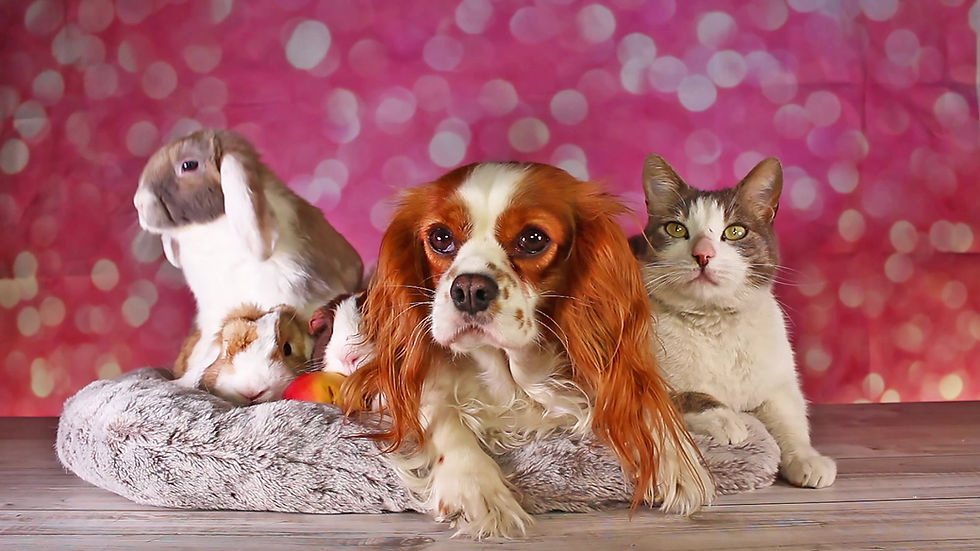top of page


Welcome
Safe and Hound are a locally run Dog Walking, Pet Care and Pet Feeding Company since 2003, covering Sleaford, Greylees, Rauceby, Silk Willoughby & Leasingham. We have a fantastic and amazing team of experienced dog walkers and pet sitters providing a happy and safe environment for all your pets. We have a wealth of experience and expertise in all areas and specialise in social dog walks . Our priority is your pets mental happiness and well being at all times

Pet Services
Gallery
Testimonials
Our clients love the care and attention their pets receive at Safe and Hound. Read what they have to say about our services.
bottom of page
